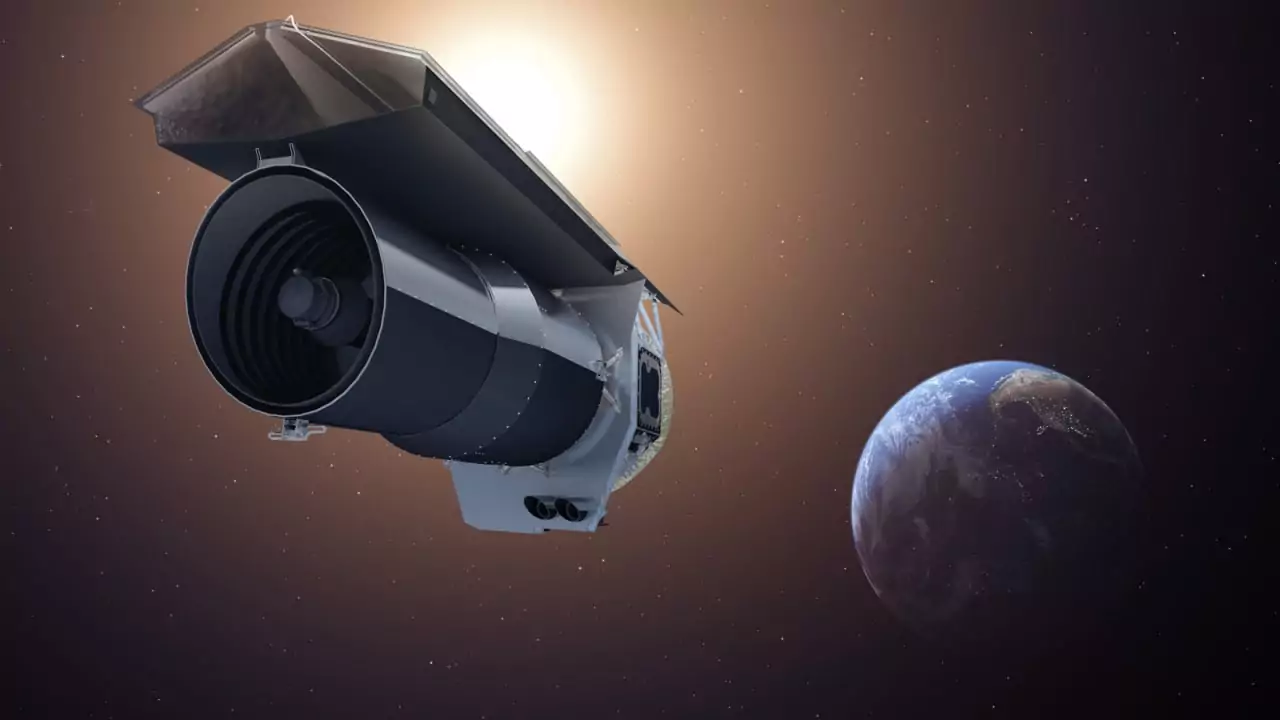In terms of power, it surpasses the famous Hubble by 350 times.
The new heavy-duty telescope was named «Xuntian». Experts expect that in 10 years of work he will explore 40% of the celestial surface.
As explained by Liu Jifeng, deputy director of the National Astronomical Observatory of China, in an interview with Xinhua, Hubble can observe a tiny territory of 1% of the size of a fingernail at arm’s length. Or, he sees only one sheep, while «Xuntian» captures thousands of them in the lens at once and all in high resolution.
This result was achieved through the use of a three-mirror anastigmatic approach. This gives advantages when conducting survey studies. The telescope is able to scan a huge part of the universe in a shorter time.
«Xuntian» is equipped with an 81 MP camera consisting of 30 detectors. It is capable of taking pictures in 17,500 square degrees of the sky in several ranges. The telescope, which is scheduled to launch at the end of next year, can observe exoplanets and conduct mapping.
